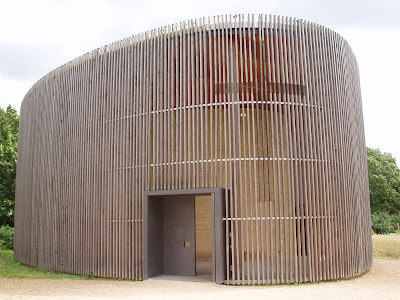How to "Save As ..." in Excel 2007.
For the first time ever, I use Excel 2007. And I don't know how to "save as", that is, to save a file in a different format than the default Excel format.
So I google it, and find this page from Digg.
I'm amazed that many people think it's a stupid question. Many people don't answer the question, just saying the guy who asked this question is retarded. They say, "To publicize how stupid this question is, let's keep posting!" How mean they are. As a result, I have to scroll down quite a bit to find the solution:
RIGHT CLICK on quick access toolbarThe guy who asked this question (and I myself) is not retarded. It's Microsoft Excel developers who are retarded. How can you design the updated version of software so un-intuitively to the users of the previous version? (They completely reshuffle which command belongs to which menu bar.)
SELECT Customize quick access toolbar
SELECT Show All Commands from "Choose commands from:" drop down
SELECT Save As
CLICK add
And the most annoying feature of Excel, namely, a pop-up window always shows up when I want to close a file that is already saved in the non-Excel format, still remains in this new version of Excel. It is Microsoft Excel developers who are retarded.
And when I enter "mar2003" (as the survey identifier for the one conducted in Morocco in 2003; "MAR" is the ISO code for Morocco), Excel 2007 recognizes it as 3/1/2003 (as the previous version of Excel does). Who would enter "mar2003" for 1st March 2003? It is Microsoft Excel developers who are retarded.




















































